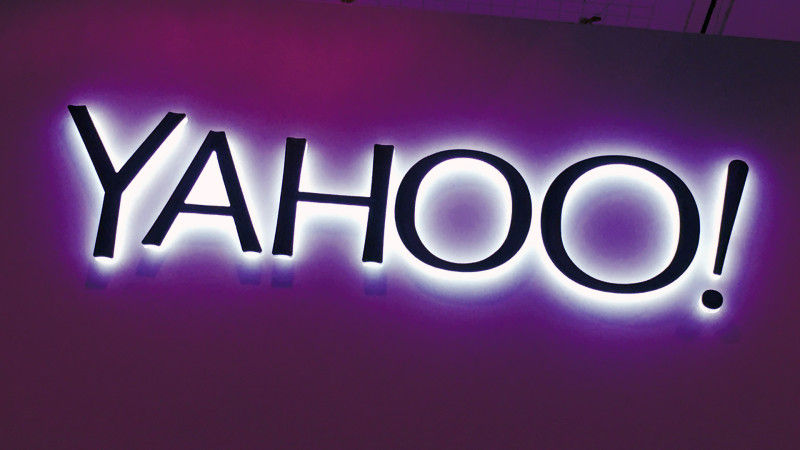Yahoo Ditches “Do Not Track”: Lack Of Standards Too Confusing
- Fahad H

- May 1, 2014
- 3 min read

Yahoo announced Wednesday that it will no longer adhere to Do Not Track browser signals, further compromising the effectiveness of the user privacy setting in the online ecosystem.
“As of today, web browser Do Not Track settings will no longer be enabled on Yahoo. As the first major tech company to implement Do Not Track, we’ve been at the heart of conversations surrounding how to develop the most user-friendly standard. However, we have yet to see a single standard emerge that is effective, easy to use and has been adopted by the broader tech industry.”
The change is framed as a move toward better personalization: “We fundamentally believe the best web is a personalized one,” and users are instead given the option to “tailor their online experience through the variety of privacy tools” offered within the Yahoo platform.
Of course, the move is sure to appeal to the advertising companies that partner with the company. If Yahoo can track user data and actions, it can pass along that information to ad networks (including its own) to target ads for products and services the user is likely interested in. Behavioral targeting via user data is the underpinning of the online advertising industry, which is growing at 21 percent a year and expected to become a $74.4 billion industry by 2016 according to ZenithOptimedia.
Yahoo has great incentive to ditch DNT. For one, its share of the growing display pie is shrinking — the company reported display revenue of $553 million in Q4, a 6 percent decline from the previous year. And two, their competitors aren’t adhering to it either.
Facebook does not support Do Not Track, and despite Chrome’s support, Google has stated it does not respond to DNT requests either. Like Yahoo, both companies have cited the lack of an industry standard as well as consumer confusion about the implications of DNT settings — namely that some signals are only used for personalization and not for advertising — as reasons for ignoring the signals.
This isn’t the first time Yahoo has come out against DNT. In 2012, Yahoo said it would not recognize the Do Not Track setting on Internet Explorer 9 when Microsoft — Yahoo’s search partner — implemented the feature as the default setting. Firefox, Safari, Opera and Chrome browsers also all support the Do Not Track approach. Twitter, Pinterest and some ad networks offer support for DNT through opt-out options, though most users are unlikely to opt-out of each platform individually.
The Do Not Track browser setting (also referred to as Tracking Preference Expression) allows users to send a signal to websites that they don’t want to be tracked or have their information passed along to entities like analytics and advertising networks with a header request. However, websites and advertisers can choose to ignore Do Not Track requests without penalty.
Advertising companies and industry groups have come out against DNT being the default setting on browsers, and the Digital Advertising Alliance, a consortium of media and marketing associations, does not require companies to honor DNT signals. The industry argues consumers should instead be given the choice to opt-in to DNT.
Yahoo’s decision to abandon DNT comes at an interesting time for the initiative. Privacy advocate Jason Kint points out that Yahoo cites the lack of an industry standard comes just days after the World Wide Web Consortium (W3C) group working on Do Not Track moved toward the final stages of DNT becoming an official W3C recommendation. And yet, without requirements to abide by it, the ad-driven online industry has shown it can simply ignore it.
As an alternative, yesterday, AdWeek reported that the Digital Advertising Alliance will soon unveil its own do not track browser solution called “browser choice”. The group says it will be embraced by the industry and won’t encounter compliance challenges.
If a universal do not track solution doesn’t materialize, many will be looking to the FTC to step in with more authority.








Comments